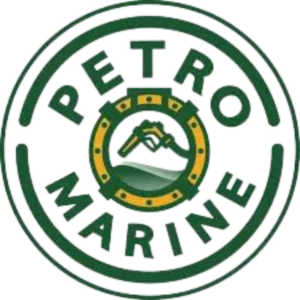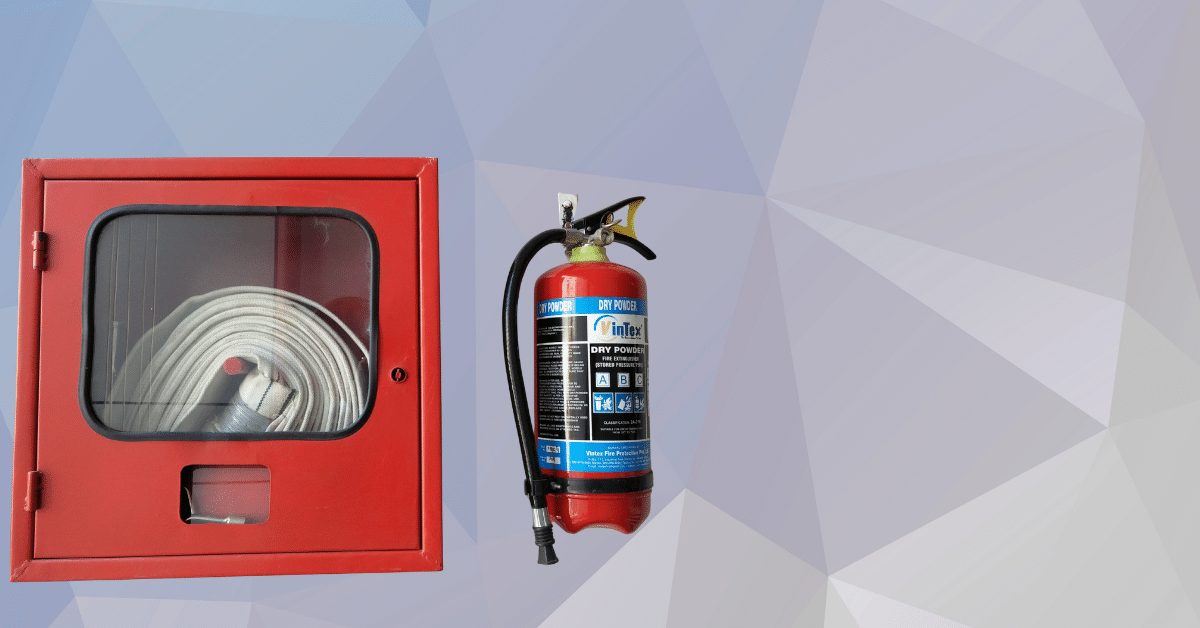Sick of training programs that flop? A Training Needs Analysis is your secret weapon for ROI-ready learning.
Keeping a check on everything, from the performance of employees to the workings of machinery and everything else in your office, is a hefty task. However, what if I told you that it’s not as difficult to check the skill gaps of employees?
Training Needs Analysis, or TNA, is a process through which an organization determines the skill and knowledge gap of employees. You might think that it is only for big corporations, but you are wrong! It is like an investment to make your team even stronger.
Without a proper TNA, you might spend time and resources on training programs you don’t need. This blog will help you walk through essential steps to conduct a Training Needs Analysis so that you can perform one for your team.
So, let’s dive in.
Key Steps in Conducting a Training Needs Analysis
Training Needs Analysis is not about picking and throwing employees into a training program. It involves a systematic and structured process that will help you identify gaps in your workforce. Let’s start with six basic steps of training needs assessment analysis:
Step#1 Identify Business Goals
A training cannot be conducted without a goal? Why does your team need training? Is there a requirement? Is there a skill gap? Does the training align with your business goals? Do you have a clear business goal?
- The first step is to acknowledge what your business is trying to achieve and whether this training will help. Training should never be random, but it must support your organization’s overall strategy.
- You may be launching a new product and or expanding into new markets? Or focusing on improving customer satisfaction? Each of these goals requires different skill sets.
- Let’s say that your company wants to expand its presence in the international market. For this, it will need cross-cultural communication training. If you don’t determine that in the early stages or invest in the wrong type of training, you will lose.
Step#2 Gather Employee Data
Once you have your goals sorted and training selected for your team, now is the time to start gathering the data from your employees. You have to check and understand where your employees currently stand regarding knowledge, performance, and skills.
You can start by looking at the existing data, like:
- You can check their performance reviews. These performance reviews can give insights into the areas where the employees struggle or excel.
- You can also ask your employees what skills they need to improve in their jobs.
- You can also arrange interviews with the employees and the managers to discuss and understand their challenges.
This will help you better understand your employees’ strengths and weaknesses, and you will be able to invest accordingly without risk or loss.
Step#3 Identify Skills Gaps
Once you have gathered all the data from your employees, next you have to analyze and identify their skills and knowledge gaps. You will have to look at where they lack, excel, and what they need to learn to boost their business goals.
Let’s say, for instance, your business is collaborating with new software and adapting it to reach business goals faster. However, the employees are struggling to use it because of its complexity. In this case, you will have a clear skill gap; the employees need software training.
You can identify the skill gaps of your employees by:
- Looking at their performances, check if they are consistently hitting their targets. Also, check if a specific skill set is missing, which is leading them to miss the targets.
- Check your employees’ competencies and what they need for the job role. Identify whether they have the required competencies or need development in certain areas.
- Sometimes, the lack of skills is not only due to training but also to poor management or insufficient resources. By knowing the root cause, you will know if training is really the solution.
Step#4 Assess Training Solutions
Now that you are aware of the gaps, you know what needs to be done. It is time to know how to fill these gaps. This is where the training solutions come in. They will decide what kind of training your employees need to close the gap.
The training could be in many forms, and it might require approaches for different people. Here are a few options that you can consider for your team:
- You might get an instructor if they need hands-on learning or face-to-face sessions under traditional instructor-led training (ILT).
- Since everything has been revolutionized, companies often choose more flexible learning options through e-learning courses or virtual classrooms.
- You might consider conducting on-the-job training, which will be effective for most employees who need to learn through direct application in their role.
- Blended learning is also an option to incorporate different methods that can be effective daily. For instance, employees may complete e-learning courses and then participate in life training workshops.
Step#5 Develop a Training Plan
Once you have conducted a training needs Analysis, you have to put together a training plan. This is where all of your critical thinking and assessment come in.
Here is what your training plan should include:
- Your training plan should include the learning objectives like any other lesson plan. This can include questions like what do you want your employees to learn, and how will you measure their success?
- You can make SMART (Specific, Measurable, Achievable, Relevant, Time-bound) objectives to achieve the goals effectively.
- Determine the training format. Would it be in person workshop or virtual sessions? Decide according to the needs of your employees and the resources available.
- Set a proper timeline for the training. When will the training happen, and how long will it last?
- What is your company’s budget for this training, and what resources will you need to make it successful?
- How will you measure the success of the training program? You can also conduct assessments, feedback, or services to track the performance over time.
- You can create a training needs analysis template for future training as well.
Step#6 Implementation and Evaluation
After conducting a thorough training needs Analysis and developing the plan, it’s time to implement the training and evaluate its success in real-time. Now, you have to make sure that your plan meets your needs and that everything goes according to the schedule.
Also, make sure that your employees know what to expect and that they have the necessary resources to make this training a success.
You should monitor the process to ensure everything is on track, there is no technical issue, and employees are engaging with the training.
Once the training is complete, gather the feedback using surveys—the performance of the team performance metrics.
Always keep an eye on the KPIs, which are the performance indicators. This will help you understand whether training is effective in the long term and meets the business goals.
Did the training lead to a measurable improvement in performance or help meet business goals? Look at key performance indicators (KPIs) and other relevant data to assess if the training had the desired effect.
What are the Three Components of a Training Needs Analysis?
Although you have understood each step involved in training needs analysis, let’s talk about the three most important components of TNA. These components are crucial to making sure that everything in the process is as effective as possible.
1. Organizational Level
We call the first level the organizational level. As the name suggests, we look at the big picture here, including understanding the company’s goals, performance, and culture.
You have to analyze your overall business goals, what strategy you will be using, and the key performance indicators that need to be met. This might include increasing revenue, adopting new technologies, or improving customer service.
Moreover, on the organizational level, you have to ensure that your company achieves its objective. If there are performance issues at the managerial level, the training must be able to address them.
Check to see if your organization values creativity. For example, if you have a marketing company, then your training must focus on innovation and collaborative skills.
Creating Collaboration: How to Collaborate
2. Operational/Task Level
The next component is the operational or the task level. This level focuses on the tasks and roles employees perform in a company. The role of this level is to assess what skills and knowledge the employees need to perform their jobs effectively
This assessment can be done by assigning them a specific task requiring different competencies. Moreover, on this level, you can identify the expectations for each role and determine whether employees are meeting them.
Once you are aware of the tasks and expectations, you have to identify where the employees are failing and what skills are missing that are hindering their growth.
3. Individual Level
The third and last component is the individual level, where the focus is on personal growth. At the individual level, you are looking at specific employees and their unique training needs. But how would you know which employee needs which training?
Well, this can be done by evaluating each employee’s current performance, checking whether they’re excellent or if there is room for improvement. Also, make sure that if you are conducting training, you incorporate all of the different learning styles because every person’s learning needs are different.
This level is all about personal growth. You’re looking at specific employees and their unique training needs at the individual level.
Training Needs Analysis Models
Conducting training needs analysis might seem daunting, but if you know the steps and follow a specific model, you will be able to reach your goals quickly and effectively.
There are a variety of trading needs analysis models that you can use, and each one has its own strengths and weaknesses.
So, let’s look at some of the most popular training needs and analysis models.
-
ADDIE Model
This model is cyclical, and you keep returning to each step to refine your training approach. It’s like an old but trustworthy recipe for designing training programs. It includes five stages, which are:
- Analysis: Start by figuring out what training is needed.
- Design: Plan out how the training will look and feel.
- Development: Create the materials, like slides, handouts, or videos.
- Implementation: Roll out the training to your team.
- Evaluation: Check if the training worked and tweak it if needed.
-
Rossett’s Training Needs Assessment Model
This model of TNA training needs Analysis is all about fixing what’s not working. It helps you spot the gaps between your team’s current performance and its desired performance.
By investigating the why behind gaps, you can create training that hits the mark. This is especially useful if you’re dealing with performance issues and must get to the root cause.
-
Rapid Prototyping Model
If you’re in a hurry or need to stay adaptable, this model of training needs assessment analysis is perfect for you.
Instead of spending ages perfecting a training program, you create a quick prototype, test it, and refine it based on feedback. This process is like building a training program in “sprints,” which makes it ideal for fast-paced environments where things change often.
-
Gap Analysis Model
This simple model lets you know exactly where to train to compare current vs. desired performance. This is an excellent way to narrow down the priority areas for your development.
-
SWOT Analysis Model
The SWOT model helps you evaluate the current training landscape based on your Strengths, Weaknesses, Opportunities, and Threats. It is a nice barometer of internal capabilities and external challenges affecting training efforts.
-
Kirkpatrick Model
Kirkpatrick Model is a four-level framework that can be used to determine how effective a training program is if you want to evaluate the effectiveness of training. It shows:
- Reaction: What did employees’ responses to the training look like?
- Learning: Did they grow their knowledge and skills?
- Behavior: Did they perform on the job what they learned?
- Results: What did the business get?
Maintaining an effective program for your employees might be challenging. Coggno’s personal development courses will help you create a workplace environment that values and nurtures social training.
Online Personal Development Courses By Coggno
Challenges and Considerations
Although a TNA is a great tool, a few considerations must be made:
- Time and Resources: One drawback of a TNA is the need for time and resources. However, if done right, it will help to save time in the long run because it will ensure that training is focused and efficient.
- Employee Buy-In: The second most significant obstacle is that everyone dislikes being trained, so you can impose training on them. It will help to clarify the benefits so employees will be on board.
- Changing Needs: Your employees’ needs change just like the business environment. So, reviewing your training programs regularly keeps them current and effective.
Conclusion
A Training Needs Analysis is also not only used to fill gaps. It is also meant to align your training initiatives with business goals and the staff’s needs.
Following these steps, you can design training programs that contribute to and improve performance and make your company succeed.
Don’t forget to enroll in Coggno courses to improve workplace culture and boost employee productivity.
With a better understanding of TNA, it’s time to put its strength to use. Happy training!


















